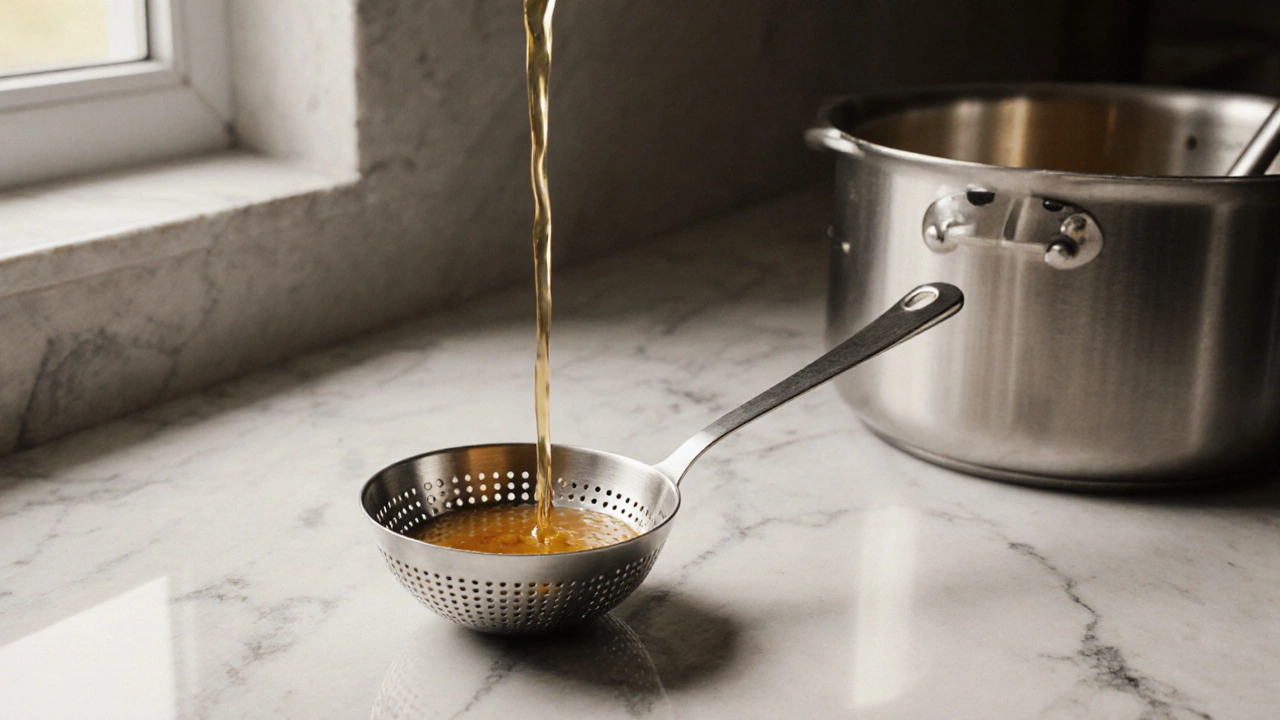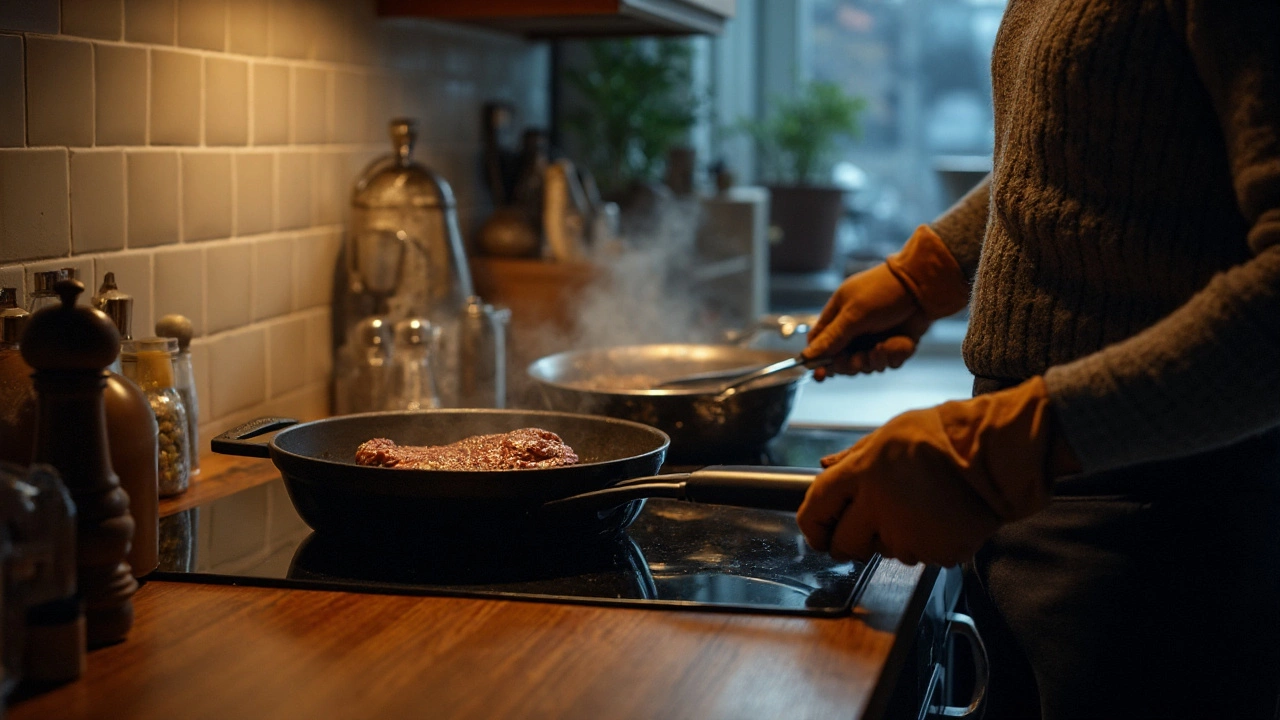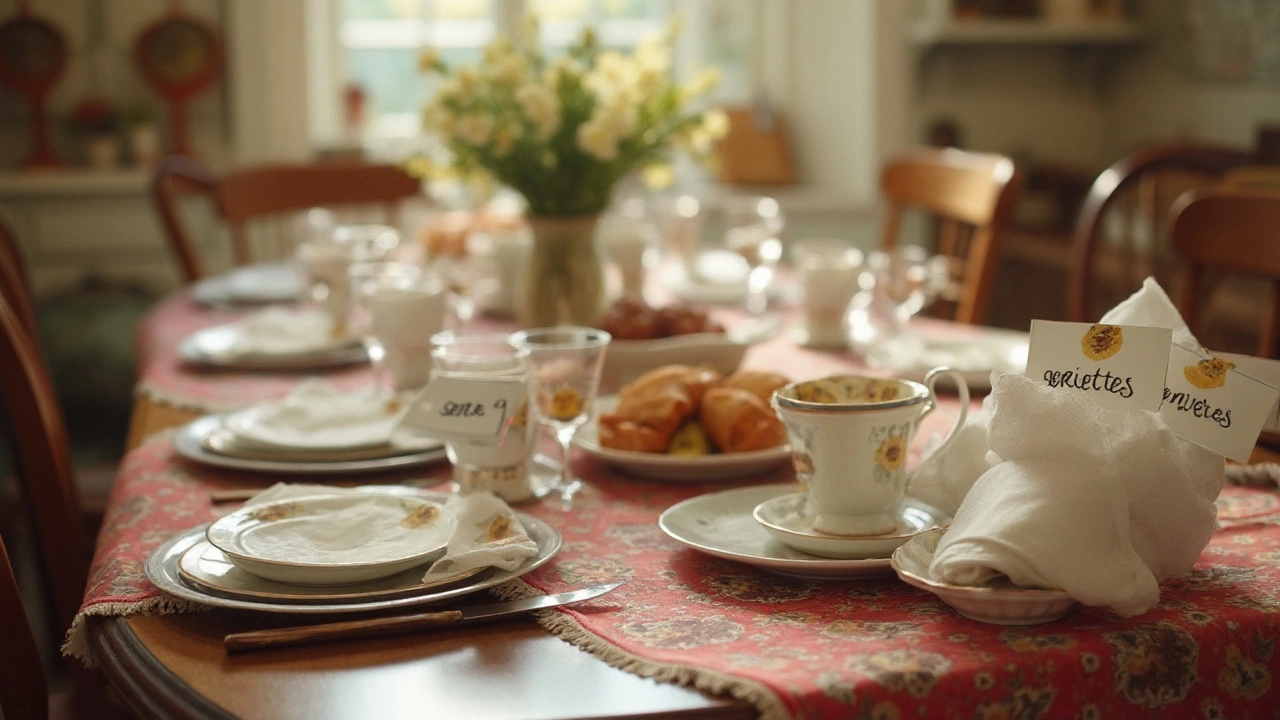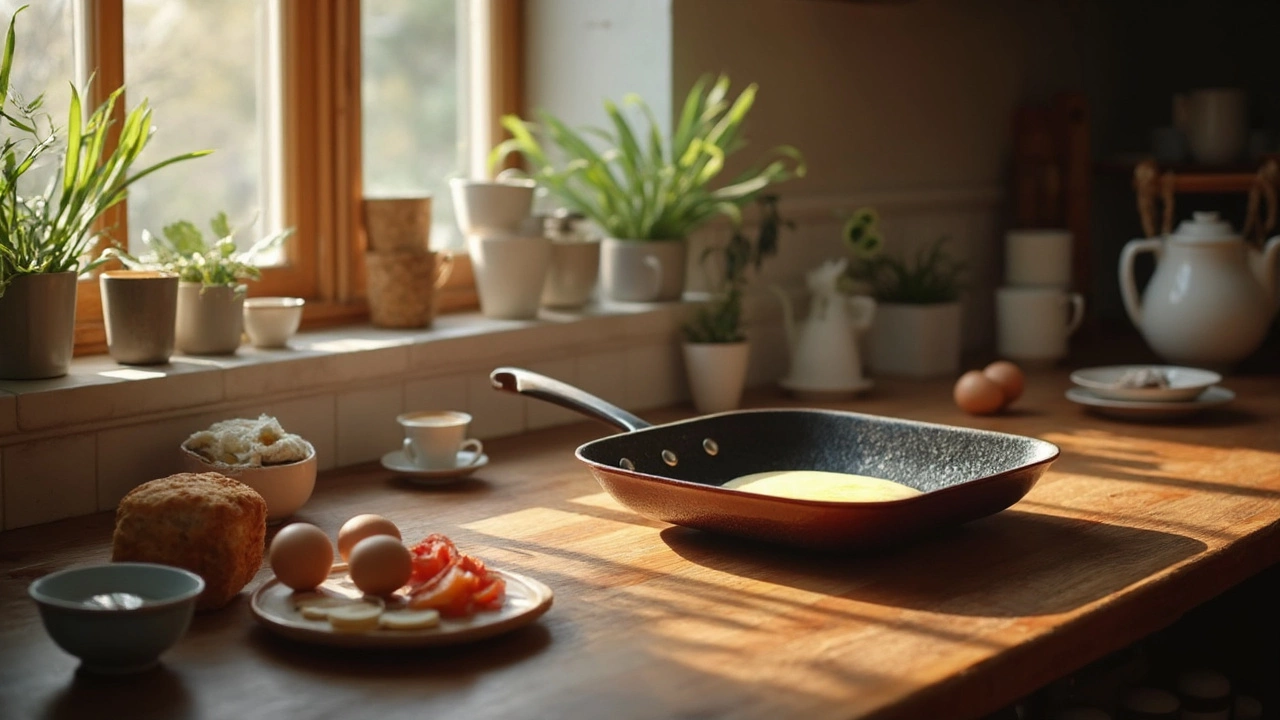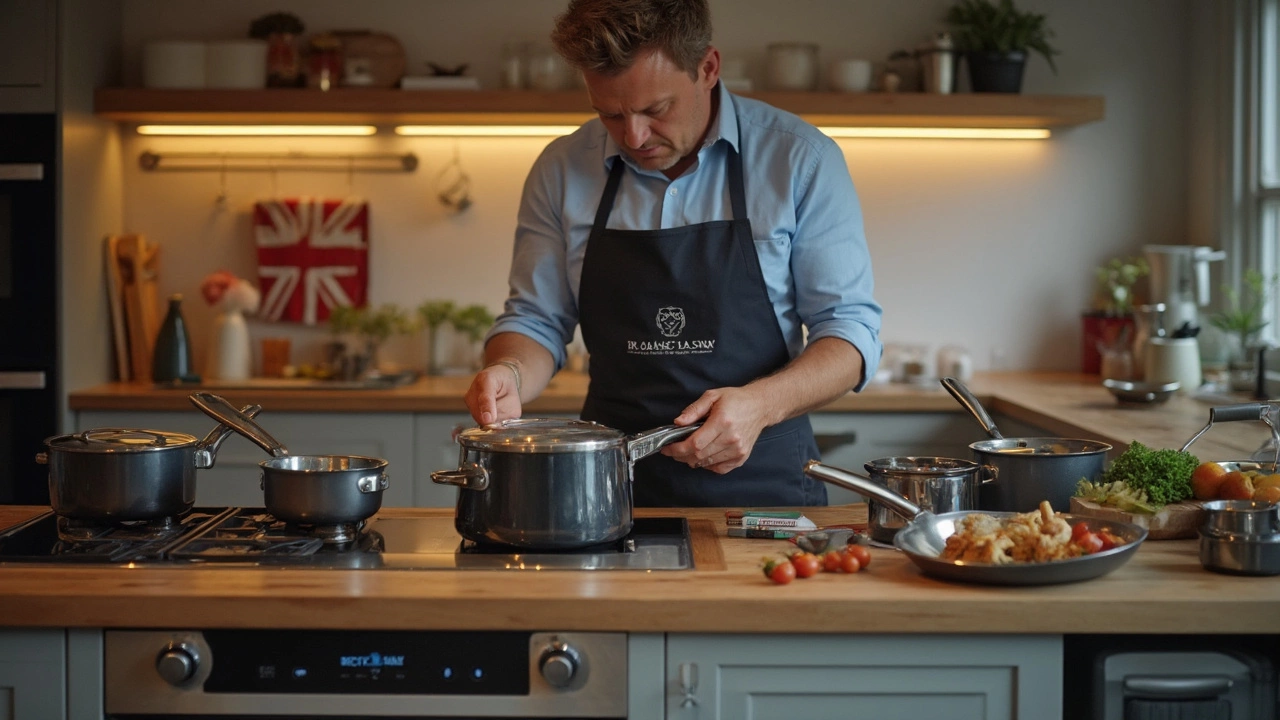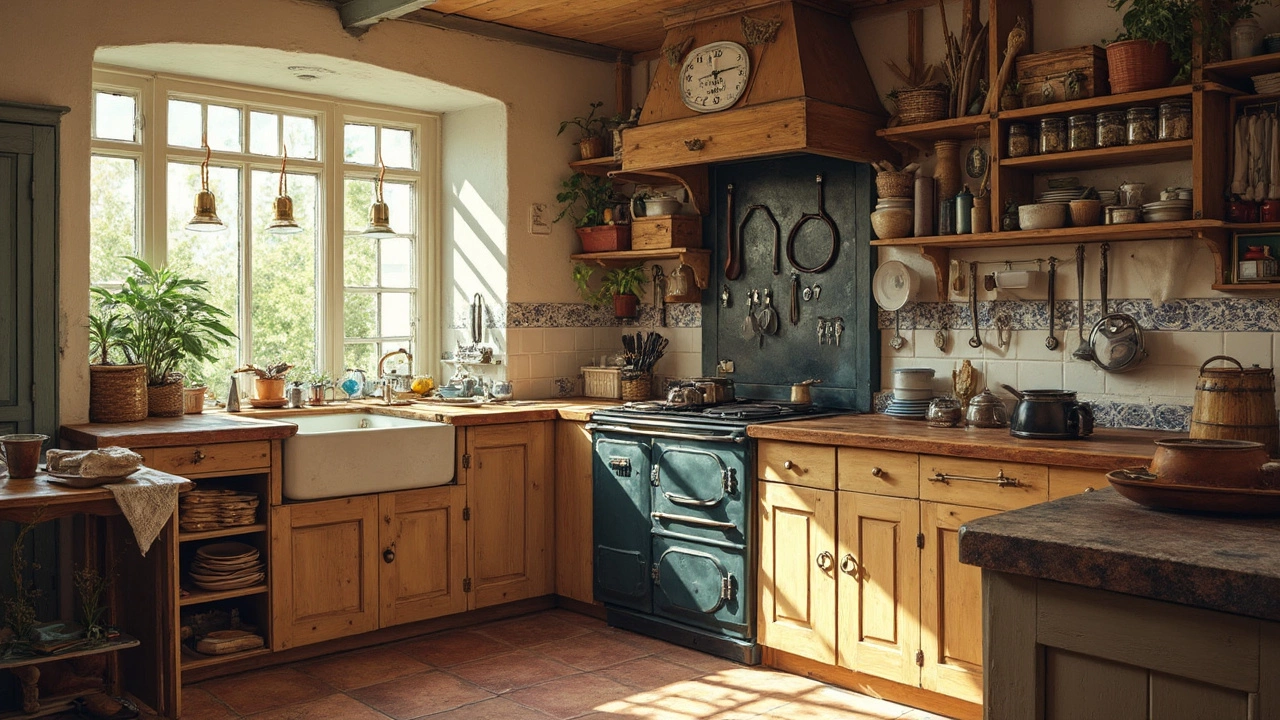Kitchenware Essentials: What Every Home Cook Needs
When you’re setting up a kitchen, it’s easy to get overwhelmed by the sheer number of pots, pans, and gadgets on the market. The good news? You don’t need everything. Focus on a few versatile pieces that cover most cooking tasks, and you’ll save space, money, and time.
Right now, most people are debating between cast iron and stainless steel. Both have strengths: cast iron excels at searing and retains heat like a champ, while stainless steel heats quickly and is great for sauces. Knowing when to use each can upgrade your meals without a fancy chef’s hat.
Choosing the Right Cookware
If you’re buying new pans, start with a basic set: a medium‑size stainless steel skillet, a cast‑iron Dutch oven, and a nonstick pan for eggs and pancakes. Cast iron needs seasoning, but once you’ve done it, the pan becomes virtually indestructible. Stainless steel doesn’t require seasoning and works well for deglazing, so you can pull off a tasty pan sauce in minutes.
Nonstick pans used to rely on Teflon, but many manufacturers stopped using the old formulation after safety concerns surfaced. Modern nonstick coatings are PFOA‑free, but they still wear out faster than stainless or cast iron. If you’re a fan of quick‑cook meals, pick a high‑quality, PFOA‑free pan and use low to medium heat to extend its life.
For those who love a bit of culinary flair, look at specialty pieces like the Japanese tamagoyaki pan. Its shallow, rectangular shape is perfect for rolled omelets and gives you a taste of authentic Japanese cooking without a trip to Tokyo. It’s also easy to clean, which is a big plus.
Celebrity chef lines, like Gordon Ramsay cookware, often promise professional performance. In reality, they’re similar to standard high‑end sets but come with a brand name premium. If you’re already comfortable with stainless and cast iron, you probably don’t need to splurge on a name‑drop set.
Must‑Have Kitchen Utensils & Accessories
Cookware is only half the story. A solid collection of utensils makes the difference between a smooth cooking flow and a kitchen disaster. Think of utensils in five groups: mixing, turning, serving, measuring, and specialty tools. A sturdy wooden spoon, a flexible silicone spatula, and a solid stainless steel turner cover most tasks.
Don’t forget the little things that add polish to your table. In the UK, the word “serviette” replaces “napkin,” but the function stays the same: keep hands clean and dishes tidy. Quality cloth serviettes feel nicer than paper and can be washed for reuse.
Another often‑overlooked item is the cup plate. Originally a protective saucer for cups, modern cup plates double as decorative pieces or small snack trays. They’re handy for serving desserts or keeping a cup steady on a wooden table.
When you’re stocking your drawer, aim for tools that are dishwasher safe, ergonomic, and built to last. Replace plastic handles that crack over time with stainless steel or silicone options—they’ll survive years of stirring, flipping, and scraping.
Finally, keep a tidy workspace. A clean countertop with a few well‑chosen gadgets beats a cluttered pile of single‑use items. Grab a magnetic strip for knives, a small container for clips, and a tray for your most used utensils. You’ll find cooking more enjoyable when everything has its place.
By focusing on versatile cookware, essential utensils, and a few thoughtful accessories, you’ll build a kitchen that works for any recipe. No need for endless shelves of gadgets—just the right tools, well cared for, and you’re set for tasty meals every day.
Cheap and expensive cast iron cookware may look different, but the real differences lie in finish, pre-seasoning, and maintenance. Learn which type suits your cooking style and budget.
Nov, 23 2025
Learn what a ladle with holes is called, why it's called a perforated ladle, and how to choose, use, and care for this handy kitchen tool.
Oct, 21 2025
Cast iron or stainless steel? Clear, evidence-backed guide to pick the right pan for searing, sauces, eggs, and everyday cooking-plus care, safety, and buying tips.
Sep, 5 2025
Ever wondered what Brits call napkins? Explore the quirky world of British table talk, the meaning of 'serviette', and how UK dining lingo differs from American terms.
Aug, 4 2025
Get the full story on when makers stopped using the old Teflon in nonstick pans, what changed, and whether modern pans are safe for your kitchen today.
Jul, 14 2025
Ever wondered what a Japanese pan is called and why it looks different from the ones you usually see? This article clears up the basics, explains the unique shape, and shows what makes it so handy in Japanese kitchens. Get tips on using it at home, know what foods it's best for, and spot some fun facts along the way. Whether you're a foodie or just curious, you'll leave knowing exactly what to look for in the cookware aisle.
Jun, 10 2025
Curious about Gordon Ramsay cookware? This article breaks down what sets it apart, how it performs in everyday kitchens, and what you need to watch out for when shopping. Discover product lines, real-life benefits, and why home cooks and pros both pay attention to Ramsay’s pans, pots, and tools. You'll pick up tips for choosing the right set and learn which features actually matter. Find out if this popular cookware lives up to its famous name.
May, 10 2025
Kitchen utensils are indispensable in any cooking space, but did you know they can be grouped into five main categories? Whether you're stirring a soup or baking bread, having the right tools can make all the difference. From basic necessities to specialized gadgets, understanding these categories helps anyone from a kitchen novice to a seasoned chef streamline their culinary tasks. Learn about these vital tools and discover some handy tips to optimize their use.
Mar, 29 2025
Cup plates, small saucer-like dishes, were historically used as protective surfaces for tables and to hold cups during social gatherings in the 19th century. Over time, they have evolved to include decorative and collectible items, reflecting art styles and cultural trends. This article delves into the origins, uses, and modern fascination with cup plates, showcasing their significance in both practical and aesthetic contexts. Readers will learn about their historical relevance and how they continue to charm collectors around the world.
Jan, 27 2025

